The Holocaust was an event so diabolical and complex in conception and execution that it requires constant elaboration. How Was It Possible? A Holocaust Reader, a first-class anthology edited by Peter Hayes and published by the University of Nebraska Press, addresses key questions, among them being: Why were Jews objects of hatred? Why was a civilized nation like Germany in the forefront of it? How did the Nazis manage to kill so many Jews so rapidly? How did the Jewish survivors cope?
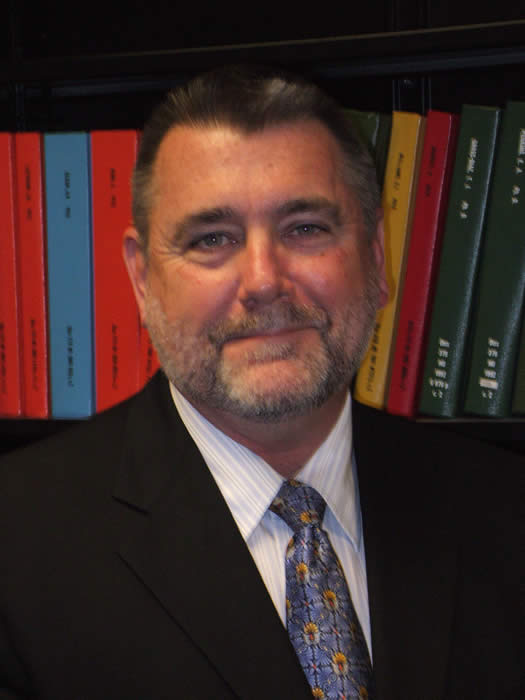
The cogent essays in this illuminating volume are taken from books already published. Selected and edited by Hayes, a professor of history and Holocaust studies at Northwestern University, they cover every important aspect of the Shoah.
Racial animosity was at the core of the murders, pogroms and industrial-scale massacres that led to the deaths of six million Jews from 1939 to 1945. Michael Burleigh and Wolfgang Wippermann plumb the roots of modern-day racism in Germany in a trenchant essay. They write about racial hygienicists and eugenicists, the antisemitic polemicist Houston Stewart Chamberlain, the Christian theologians who considered Jews responsible for liberalism, socialism and communism, the ruling elites who embraced this view and the popular 1918 novel, Sin Against Blood, which propounded a racial conspiracy theory that Adolf Hitler must have lapped up.
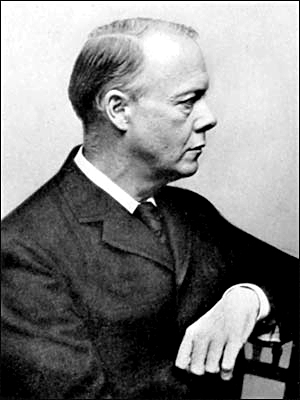
Klaus Fischer’s clear-eyed essay, Germany’s Turmoil, 1918-1933, clarifies how its defeat in World War I “opened the floodgates to years of violence, revolution and extremism.” Fischer explains why volkisch ideas concerning purity of blood achieved popularity and why the economic collapse, the assault on democracy and mediocre leadership catapulted Hitler to power.
“In the end, however, it was Hitler’s organizational and charismatic genius that made it possible for the Nazi Party to attract a broad segment of the German population,” Fischer says. He maintains that the Nazi movement would have fizzled out had the economy been stabilized during the Weimar Republic era.
Hitler’s objectives with respect to Jews are spelled out in a report of a conversation between a senior Swiss diplomat and Ernst von Weizsacker, a high-ranking official in Germany’s foreign office, in 1938. The report, published in a Nazi magazine, is prescient.
Von Weizsacker, the father of a future German president, tells his interlocutor that German Jews “must be driven from our residential districts and segregated.” He likens Jews to “criminals” and warns that Jews must emigrate. If they do not leave Germany, they will be annihilated.

Switzerland’s attitude to Jewish refugees fleeing Germany was ambivalent at best, suggests a non-attributed essay in the volume Switzerland, National Socialism and the Second World War. Several thousand Jews were allowed to enter the country, but almost an equal number were admitted illegally by Paul Gruninger, a police captain in the town of St. Gallen.
Rebecca Boehling and Uta Larkey deal cogently with the issue of German Jewish immigration to Palestine from 1933 to 1941. By their estimation, 24 percent of all Jewish immigrants bound for Palestine during this period were German Jews. Through capsule profiles, the authors delve into their problems and achievements.
In Robbery in the Netherlands, Martin Dean skillfully sets out the process by which Jewish property was confiscated in collusion with local authorities. Interestingly enough, the largely Jewish-owned diamond industry in Amsterdam was not subjected to Aryanization until 1944 because the supply of industrial diamonds was vital to the German war effort.
“The legalistic approach taken by the Germans to the confiscation of Jewish property was successful, as Dutch civil servants and private institutions were generally law-abiding and obeyed German instructions,” he writes. But Dean points out that “very few initiatives came from the Dutch population or the Dutch administration.”
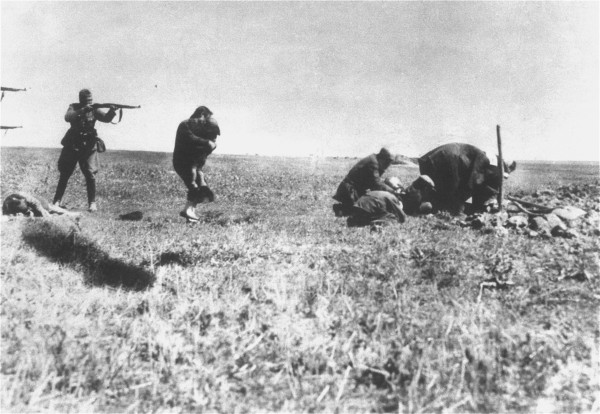
Richard Rhodes, in Bringing Death to Jews, deftly analyzes the role of Einsatzgruppen — mobile killing units — in the murder of Jews in the former Soviet Union after Germany’s 1941 invasion. As one of the commanders said, their objective was the “radical solution of the Jewish problem through the execution of all Jews.” By the close of 1942, 1.3 million Jews had been murdered by these roving gangs of professional killers.
Raul Hilberg, one of the first historians to study the Holocaust in depth, places the Nazi extermination camps in Poland — Auschwitz, Belzec, Sobibor and so on — into perspective. “The killing centers worked quickly and efficiently,” he observes, noting that they resembled “the complex mass-production methods of the modern plant.”
The mass murder of Jews in Romania is the subject of Jean Ancel’s probing essay. Romanian antisemitism was a virulent and deep-seated phenomenon. But its genocidal version could not have been implemented in occupied areas like Bessarabia and Bukovina without the direct involvement of Romania’s fascist, pro-German regime.
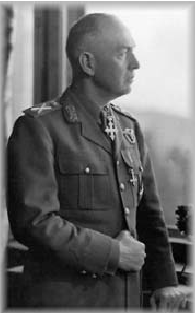
Ion Antonescu, its supreme leader, called for “the forced migration of the entire Jewish element” and urged Romanians “to be merciless to them.” Antonescu added, “I don’t know how many centuries must pass before the Romanian people shall again encounter such total liberty of action … for ethnic cleansing and national revision.”
Romanian antisemites worked in league with the Germans. As the Einsatzgruppen massacred Jews in Transnistria, the Romanian army perpetrated war crimes in Odessa and other places. But that wasn’t enough for the Romanian leadership. “Antonescu never came to terms with the fact that he had to relinquish his dream of purging the country of Jews,” Ancel concludes.
Susan Zucotti’s nuanced essay bumps up against a paradox. While Benito Mussolini’s fascist regime marginalized and persecuted Jews in Italy, the Italian army and diplomatic corps in occupied Greece, Croatia and France resisted German demands for the deportation of Jews. As a result, Germany interfered in Italian policy toward Jews.
Why did the Italians stop short of genocide? Zucotti’s explanation is clear: “Italian diplomats and military officers, with their injured pride and their grievances against the Germans, were determined to resist any demand that appeared as an encroachment upon their sovereignty.” As well, many Italian officials did not want to share responsibility for the Holocaust. Her conclusion: “When all the logical reasons are weighed and measured, it is apparent that decency, courage and humanity often tipped the balance.”
In his erudite essay, The Hungarian Paroxysm, Randolph Braham debunks a false assumption. The deportation of Jews in Hungary occurred during the German occupation, but the role played by right-wing Hungarian extremists in this catastrophe has been ignored or underestimated.
“A close investigation of the available evidence indicates that one of the determining factors underlying the destruction of the Jewish community was the desire of the Hungarian radical Right to rid the country of its ‘alien’ Jews.” Among the leaders he implicates in the 1944 deportations is Miklos Horthy, Hungary’s regent.
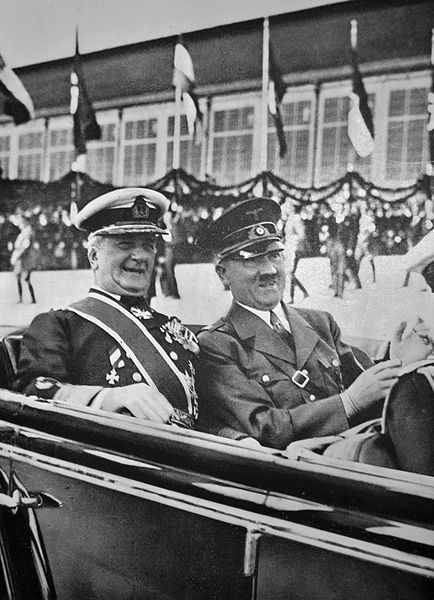
Edmund Vessemayer, a top-level German official in Hungary, put it well after the war: “Had the Hungarians consistently refused to meet the German demands concerning the solution of the Jewish question, this could not have taken place. The deportations could be effectuated so quickly and so smoothly only with the help of the Hungarian government.”
Michael Phayer, in Papal Priorities, claims that the Vatican allowed first-hand information about the Holocaust to die. “The Vatican was a dead end for information about genocide.” The pope, in a 1942 Christmas speech, devoted a mere 27 words to the Holocaust while not even mentioning Jews! With the exception of these guarded comments, the pope never again spoke in public about the Holocaust.
Ninety eight percent of the Jews of Warsaw perished during World War II, leaving some 28,000 to fend for themselves with the assistance of Christians. Of these, 11,500 survived.
Gunnar Paulsson, in The Hidden Jews of Warsaw, writes about the dangers that faced them. “Each Jew was confronted with an army of blackmailers, denouncers, policemen … and faced a huge, impassive city of strangers who had to be presumed hostile until proven otherwise.”
The Catholic Poles who helped Jews, Paulsson believes, regarded themselves as outsiders in Polish society.
Writing perceptively about Holocaust survivors in the United States, Beth Cohen reminds readers that their path toward normalcy was “long and bumpy.” Some never regained their footing. Still others pieced together their lives. “All were scarred,” she notes.
Survivors lived in two parallel worlds, trying to find a place in their new homes while coping with the “universe of death, from which there was no escape.” Many of the newcomers, she writes, suffered from an array of psychosomatic ailments.
Richard Evans’ essay on Holocaust deniers, The Pathology of Denial, induces nausea. How can a calamity of such magnitude be denied when there is so much evidence to prove its existence? Clearly, antisemitism is their guiding motive.

Evans draws penetrating pencil portraits of these deniers, introducing us to the likes of the Frenchman Paul Rassiner, one of the earliest proponents of Holocaust denial, and Arthur Butz, an American professor of electrical engineering who attempts to cloak his rank lies in academic garb.
